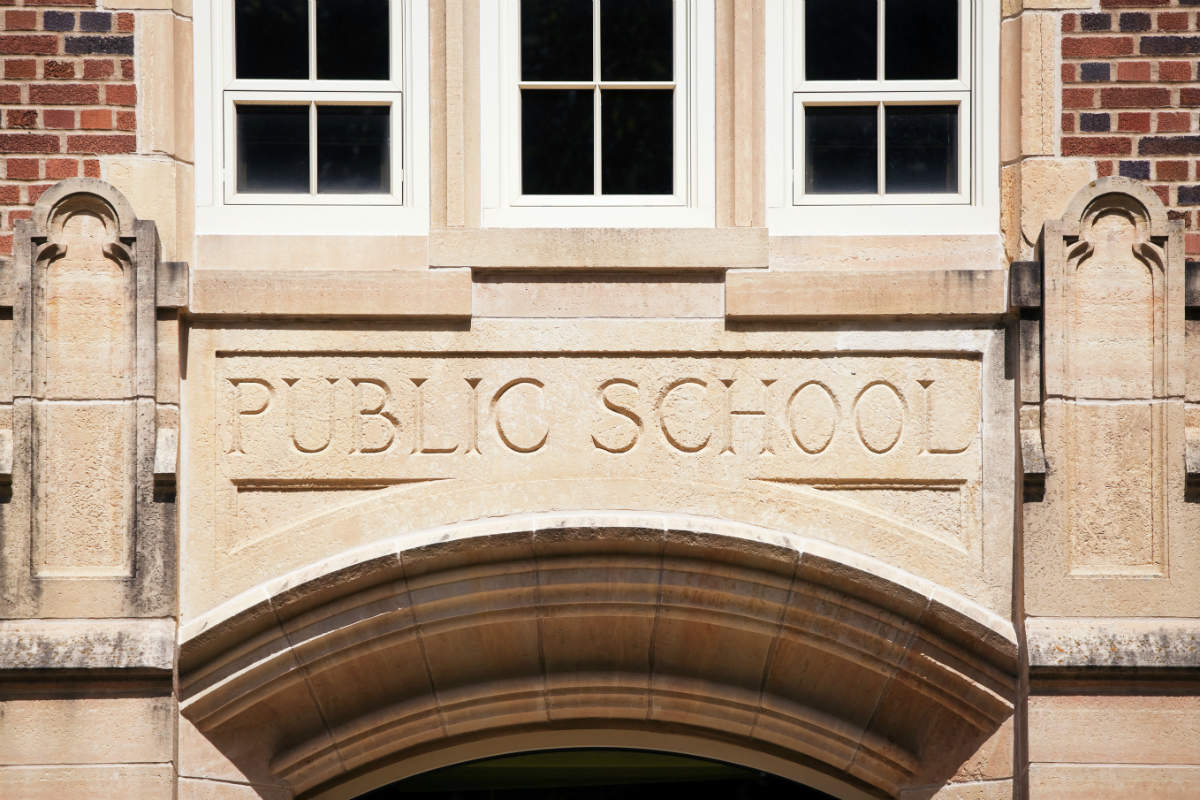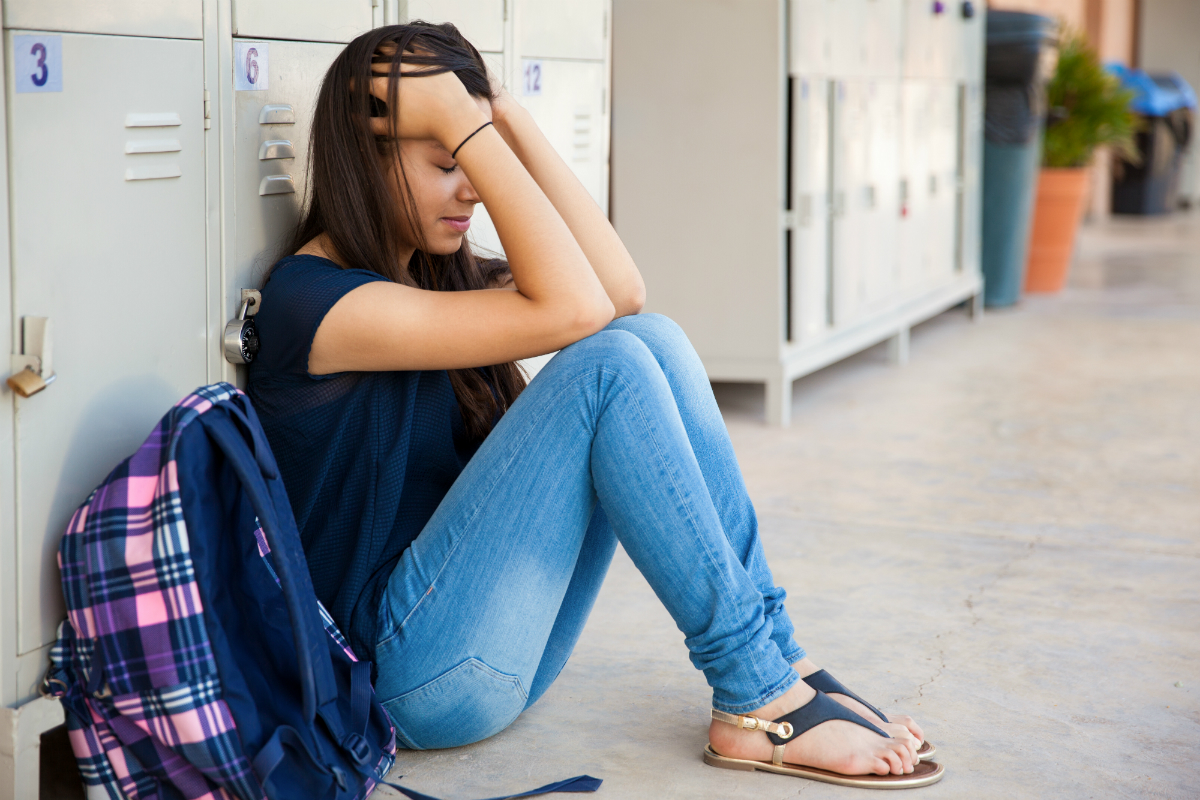Removing students from the classroom through exclusionary discipline practices like suspensions and expulsions has been proven to negatively impact academic achievement and disproportionately effect specific groups including students of color, low-income children, LGBTQ youth, males and students with disabilities.
Following decades where a zero-tolerance approach to discipline was enacted across the country for behaviors as minor as tardiness, recent policy and practice changes have caused suspension rates to fall, according to Pushed Out: Trends and Disparities in Out-of-School Suspension, published in late September by the Learning Policy Institute.
The report considers 2011–18 Civil Rights Data Collection as well as some earlier research and estimates from the Office for Civil Rights.
In 1973, the national suspension rate was 4 percent. It rose to 7 percent in 2009–10 and fell to 5 percent in 2017–18 — around the time the Obama Administration encouraged a reduction in exclusionary discipline in favor of restorative practices.
Through the years, secondary school students are suspended at higher rates than elementary students (7 percent of secondary school students were suspended in 2017–18 compared to 2 percent of elementary school students) and disparities have persisted.
In 2017–18, more than one in eight Black students, or 11.9 percent, received at least one out-of-school suspension. Native American students were suspended at a rate of 6.6 percent, Latino students at 3.8 percent, white students at 3.3 percent and Asian students at 1.3 percent.
Students with disabilities’ rate of suspension was 9 percent and Black students with disabilities, who consistently are at highest risk of suspension, were suspended at a rate of 19 percent. In combination, an individual’s grade level, gender, race and disability status can “substantially” impact their risk of being suspended, according to the report.
At the state level, the rate of suspensions in secondary schools varies. In 2017–18, 5 percent of secondary school students were suspended in California compared to 3 percent in Utah, with rates as high as 15 percent in states including Mississippi and South Carolina as well as Washington, D.C.
Between 2011–12 and 2017–18, the use of out-of-school suspension in secondary schools decreased in 48 states. California had the second largest drop after Illinois with rates decreasing 4 percentage points from 8.9 percent in 2011–12 to 4.9 percent in 2017–18. States with the most significant changes are those who have made an attempt to regulate the suspension of students over minor and/or nonviolent offenses. California, for example, does not allow out-of-school suspensions for truancy or tardiness.
From 2011–12 and 2017–18 most states also reduced racial disparities in suspensions in secondary schools and narrowed the suspension gap for those with and without disabilities, according to the report.
Policy
The report outlines six policy strategies that can reduce suspension gaps and exclusionary discipline at both the state and local levels, including:
- Eliminating zero-tolerance and other policies around exclusionary discipline; restricting the use of out-of-school suspensions/expulsions for low-level offenses; and, for moderate and serious offenses, reducing a suspension’s length
- Supporting alternative, evidence-based practices like schoolwide restorative practices and social-emotional skills
- Collecting and reporting on disaggregated data around exclusionary discipline in a timely fashion and using it to inform equity reviews of a local educational agency’s policies
- Developing standards for educator preparation that support the use of restorative practices in classrooms and fostering positive climates (The California Commission on Teacher Credentialing, for example, has passed standards for teachers/administrators that require them to know how to teach social-emotional skills and use restorative practices)
- Offering professional learning so educators can learn how to create inclusive, culturally responsive learning environments as well as how to foster trusting relationships with the students they serve
- Meeting the needs of students and educators by investing in support service and staff
At the federal level, policymakers can support state and local efforts by:
- Updating/reissuing the “Non-Discriminatory Administration of School Discipline” guidance from 2014
- Supporting the use of Department of Education resources focused on reducing exclusionary discipline for students with disabilities
- Offering technical assistance to states and LEAs and increasing oversight and accountability efforts so they can accurately report data on their use of exclusionary discipline/referrals to law enforcement
- Providing more funding for professional development to assist educators in fostering inclusive, culturally responsive environments and using restorative discipline practices
Read the report here.





